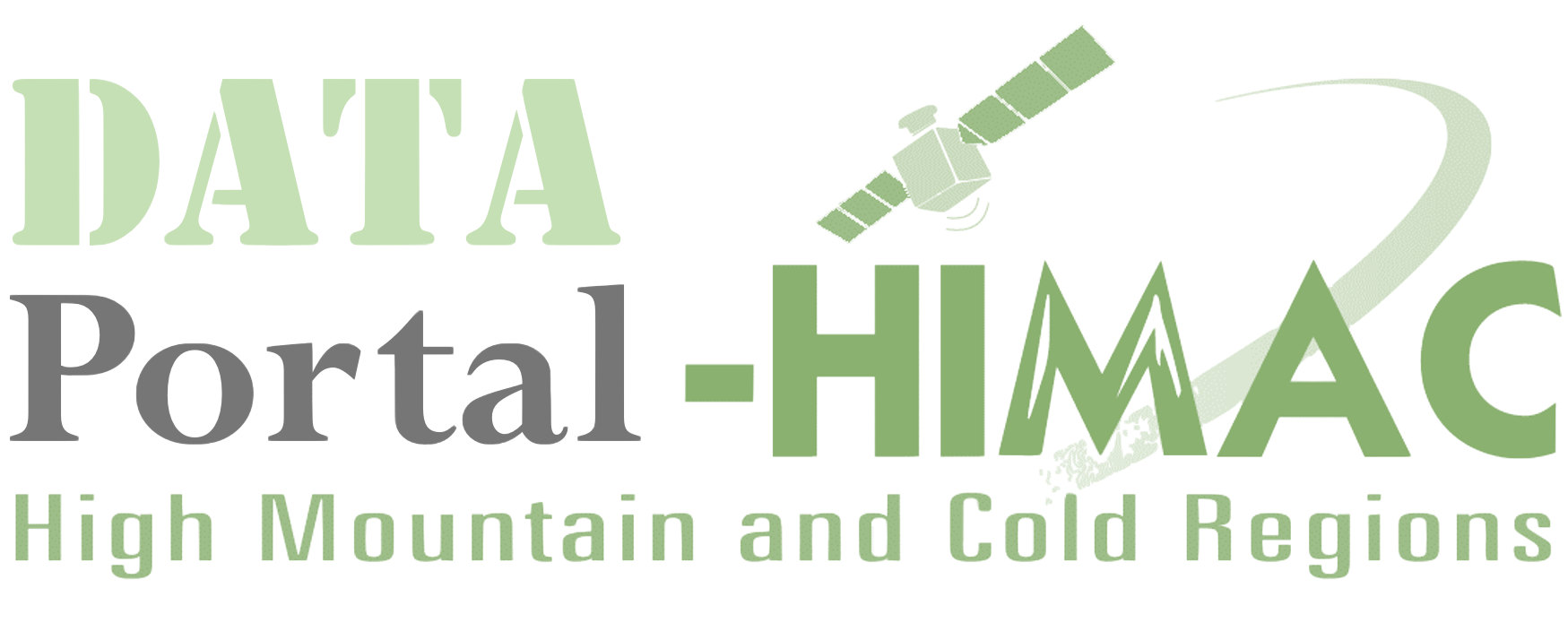ABDS Metadata portal
Data and Resources
Additional Info
| Field | Value |
|---|---|
| Source | http://geo.abds.is/geonetwork/srv/chi/catalog.search#/home |
| Last Updated | May 26, 2021, 02:08 (UTC) |
| Created | November 2, 2020, 02:43 (UTC) |
| Country | Iceland |
| Data Management | The CBMP is in the process of developing the Arctic Biodiversity Data Service (ABDS) the online data portal that will access, integrate, analyze, and display biodiversity information from many circumpolar sources. This system will allow for the combination of geo-referenced data at various spatial, temporal, and taxonomic scales (e.g., populations, regions, nations, circumpolar, biomes, habitats) allowing users to explore relationships and factors driving change. The ABDS will provide a dynamic source for up-to-date Arctic biodiversity information and emerging trends, and serve as a focal point and common platform for all participating networks. |
| Data Policy | There are several documents which provide the framework for CAFF operations: Arctic Biodiversity Assessment: Report for Policy Makers (2013) Arctic Climate Impact Assessment (2004) Arctic Flora and Fauna Recommendations for Conservation (2002) Strategic Plan for the Conservation of Arctic Biological Diversity (1998) Cooperative Strategy for the Conservation of Biological Diversity in the Arctic Region (1997) Program for the Conservation of Arctic Flora and Fauna Framework Document (1991) CAFFs work has subsequently been informed by the strategies and the recommendations generated through these documents, and they will be used to consider the manner in which CAFF has fulfilled its mandate. |
| Data Sharing Principle | This system will allow for the combination of geo-referenced data at various spatial, temporal, and taxonomic scales (e.g., populations, regions, nations, circumpolar, biomes, habitats) allowing users to explore relationships and factors driving change. |
